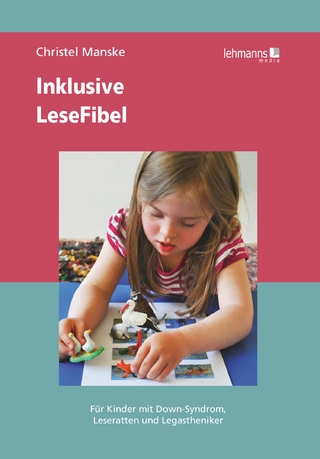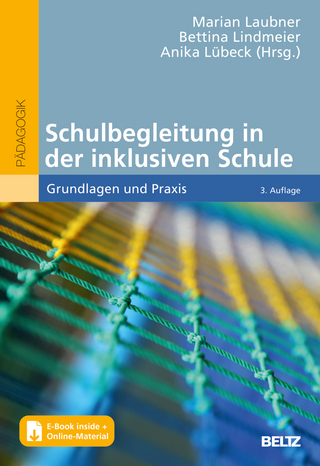
We Piano Teachers and Our Demons
Springer Verlag, Singapore
978-981-19-2143-8 (ISBN)
This book helps to open teachers’ perceptions of the ways to enable more secure and more inspired performances while remembering the inner feelings of the piano teachers.
Zecharia Plavin was born in 1956, Lithuanian Vilnius, then under the Soviet regime. He studied in the famous Čiurlionis School of arts under Marietta Azizbekova, herself a student of Samuil Feinberg in Moscow Conservatoire. At age 21, Plavin immigrated to Israel, studied piano under Professor Viktor Derevianko and completed his piano studies under Louis Kentner in London, writing a Ph.D. research on Ernest Bloch for the Hebrew University. Receiving the Shapira award in 1980, he began concertizing playing with Israel Philharmonic Orchestra and later performing in the USA and many European countries. In 1990, he started teaching piano at the Jerusalem Academy of Music and Dance. In 2000, Plavin founded the short-lived Israeli Musicians' Forum to promote musicians' professional rights in the country, simultaneously widening the scope of his academic expertise into areas of culture, philosophy, and protection of human rights. His texts on Ernest Bloch and Ben-Zion Orgad appeared inbooks issued by Cambridge University Press and Ben Gurion University Press. Since 2007, his compositions started being performed by his colleagues and have been presented in Israel, USA, Lithuania, Hong Kong, and Germany. Plavin keeps combining concert activities with research and composition, playing both Beethoven, Schumann, and Liszt and works by Karl Amadeus Hartmann, Ernest Bloch, Hans Kox, Rued Langgaard, and Ben-Zion Orgad. His former piano students Ofra Ytzkhaki and Nizar Elkhatter feature ever more prominently on the concert stages of Israel and Western Europe.
Part One:1.1. An overview of my work.-1.2. My work with students.-1.3. Summary.- Part Two: 2.1. My location on the map of music education research.- 2.2 Three-Head Approach.- 2.3. The Counseling literature: How to play better.- 2.4. Artistry as a flow of informed insights.- Part Three: 3.1. The ghosts in teacher’s studio: Hierarchy and myth.- 3.2. The great pianists: The genesis of the myth.- 3.3. Consolidation of the musical world as a ranked hierarchy.- 3.4. The rise of the Western concert pianist as told in less mythic terms.- 3.5. The imperial judgement of music.- 3.6. Ambiguity regarding the talent of premier performers.- Part Four: 4.1. The power of myth and the fear of public humiliation among piano teachers.- 4.2. The workings of fear.- 4.3. Back to myth.- 4.4. Myth and hearsay in the piano classroom.- 4.5. The tiger mom.- 4.6. The anxiety of not knowing.- 4.7. Before crossing the boundary between anxiety and exploration.- 4.8.What actually happens in the piano classroom.- Part Five: 5.1. Looking inward: The painful loop of professional education.- 5.2. The little problem of the Schumann Undezime.- 5.3. The piano action and the “sweet spot”.- 5.4. Back to Schumann’s Undezime.- 5.5. The problem with Hindemith’s nocturne.- Part 6: 6.1. Competitions.- Part Seven: 7.1 Back to the piano room.- 7.2. The security advantage created (or not created) in early childhood.- 7.3. The anxiety-ridden piano students.- 7.4. The teacher’s role.- 7.5. Mid-travel thoughts.- Part Eight: 8.1. We piano teachers and the counselling literature designed to help us.- Part Nine: 9.1. Understanding the messages of music.- 9.2. How to understand music? An example from Beethoven.- 9.3. The Chopin Case.- 9.4. The case of Leon Kirchner.- Part Ten: 10.1. Finalizing the ideas.- 10.2. Before we part: The Masters Speak.- 10.3. FINALLY: Tête-à-tête talks.
| Erscheinungsdatum | 27.05.2023 |
|---|---|
| Reihe/Serie | Landscapes: the Arts, Aesthetics, and Education |
| Zusatzinfo | 5 Illustrations, color; 54 Illustrations, black and white; XXI, 158 p. 59 illus., 5 illus. in color. |
| Verlagsort | Singapore |
| Sprache | englisch |
| Maße | 155 x 235 mm |
| Themenwelt | Kunst / Musik / Theater ► Musik |
| Sozialwissenschaften ► Pädagogik ► Schulpädagogik / Grundschule | |
| Schlagworte | anxiety of public performances • culturally-informed inspiration in the piano training discourse • musical inspiration • musicality, physiology, and inspiration • Music Education • Music Performance Anxiety • piano action and pianist’s physiology • piano action mechanism • piano education • Piano pedagogy • piano performance • piano teachers and their students |
| ISBN-10 | 981-19-2143-1 / 9811921431 |
| ISBN-13 | 978-981-19-2143-8 / 9789811921438 |
| Zustand | Neuware |
| Haben Sie eine Frage zum Produkt? |
aus dem Bereich


